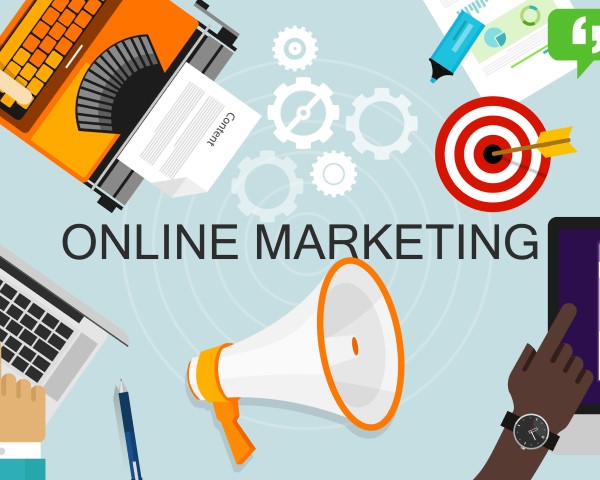
Getting Started in E-Commerce
For many small businesses, e-commerce offers a wide range of features and benefits that are worth exploring. For starters, an e-commerce effort can be substantially less expensive to set up than a traditional retail store.
In addition, selling merchandise online can allow a small business to tap into a customer base far beyond a hometown, state or region. Many small companies utilize the power of e-commerce to sell and ship products globally.
Online Infrastructure
Although setting up a website capable of completing e-commerce transactions isn’t too complicated, there are some considerations that business owners must address prior to beginning selling online.
The first thing to think about is the web hosting platform. If there is already an existing website, the hosting package should be reviewed to make sure that there is enough bandwidth and server space to add e-commerce capabilities to the website. Displaying product images and descriptions, along with online shopping cart software in an e-commerce site will likely take up more storage space than a typical small business site or blog.
Many hosting providers offer specialized e-commerce packages with templates and shopping cart software that makes it fairly easy to add (and update) product descriptions, images and the payment information needed to complete a transaction. This option can be a great solution for a business just starting out but may be more difficult to integrate into an already existing website.
Shopping Cart Software
A key part of any e-commerce infrastructure is the shopping cart software. Most customers think of the shopping cart where they enter information to complete a purchase. To a business owner, online shopping carts are critical because they also manage the site’s merchandise descriptions, images, inventory, customer information and payment data.
Shopping cart software comes in two basic forms —hosted and licensed. Hosted shopping cart software is provided as a service that you access and manage online. For a monthly fee, you can add or edit information as you need, and the software takes care of your e-commerce sales and purchase data. Licensed shopping cart software performs the same functions, but you must purchase a software package that you install and administer.
Selecting the right package depends on your needs and technical expertise. For companies starting out, a hosted shopping cart provides e-commerce capabilities without the need to install and manage the software themselves. For companies with larger inventories and the technical ability to manage a shopping cart, a licensed package usually offers more flexibility and customization options. Many web hosting providers offer shopping cart software services and packages designed to meet the e-commerce needs of small businesses.
In addition to shopping cart software, you’ll also need a way to receive online payments. If you already have a merchant account, you can simply add the appropriate data into the shopping cart software. If you don’t have a merchant account, there are a variety of other options available. PayPal, Stripe, Square and several other popular online payment systems offer a solid alternative to a merchant account.
Promotion
Once your website is up and running, you’ll need to get traffic. There are a variety of ways to promote a website, including:
- Interacting with customers and prospects on social media platforms, such as Twitter and Facebook, which can attract online shoppers. Note that advertising on social media platforms can also be a great way to gain more traffic to a website or related social media page.
- Providing interesting content on the website (and additionally through a blog), and providing regular updates, can help search engines find the site and bring in people researching the products offered.
- Pay-per-click advertising with search engines can be effective in attracting potential customers. You can specify how often you want ads to run, as well as setting a daily budget for the ads.
- Email newsletters and direct mail can also help inform potential customers who may be interested about your site and products/services offered.
Like any promotional effort, it’s important to keep track of the results so the company can continue with effective investments and avoid wasting money on promotions that don’t result in web traffic or sales.
Site Security
Another important consideration is trying to protect a website from hackers interested in trying to steal customer or financial information. When credit cards are accepted online, there are some Payment Card Industry Data Security Standards that will need to be understood and complied with. It’s important to note that offering customers secure transactions is vital to the success of any e-commerce business.
It’s also helpful to require the use of strong passwords on your website and shopping cart software. Additionally, software updates need to be completed from time to time to reduce the odds of a website being hacked or falling victim to online criminals.
Successful e-commerce requires paying attention to a number of technical, business and security details. But the potential profits, global reach and comparatively low start-up and maintenance costs make e-commerce an attractive opportunity for companies of all sizes.

 How AI Can Help Your Business
How AI Can Help Your Business